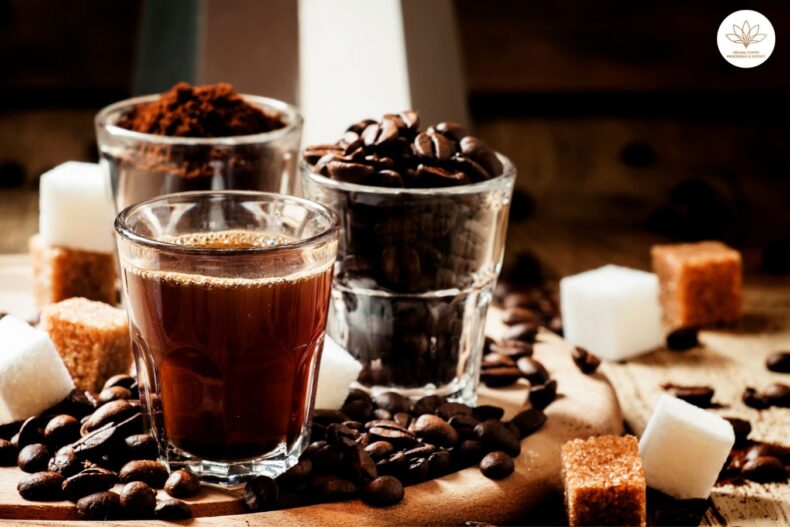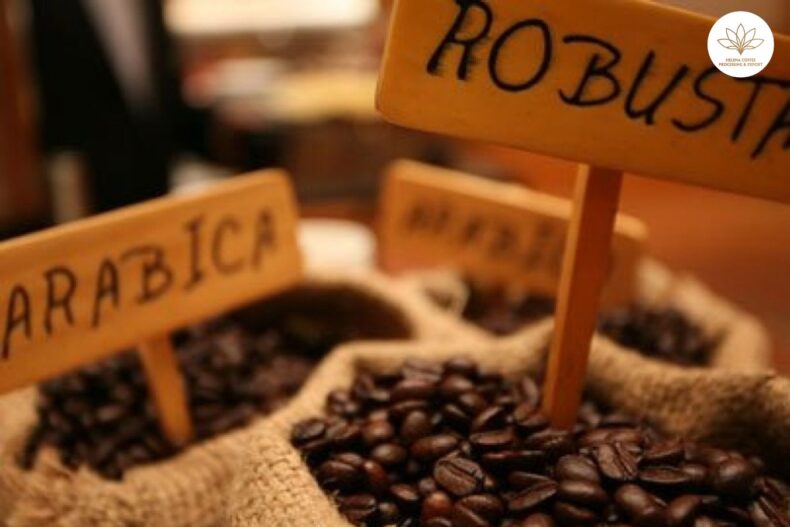
Tasting takes place in two places: our lips and our noses, and it’s essential to think about these two aspects of the process independently while learning to taste and talk about coffee. The basic tastes of acidity, sweetness, bitterness, saltiness, and savouriness are detected on the tongue during the first portion of the process. When reading a coffee’s description, we may be drawn to the flavors mentioned, like as chocolate, berries, or caramel. Flavors are perceived in the same manner that odors are — not in the mouth, but in the nasal cavity by the olfactory bulb. Let Helena learn about TASTING AND DESCRIBING COFFEE.
TASTERS WITH PROFESSIONAL EXPERIENCE
Coffee will have been sampled several times before reaching the final customer during its journey through the coffee business. The taster may be seeking something different each time it is sampled. It could be sampled first to see if there are any defects. After that, it will be sampled by a roaster as part of the purchasing process, or by a jury ranking coffees for an auction of the best lots from a specific location. The roaster will sample it again as part of their quality control to ensure that the roasting process was completed correctly, and then a café owner will taste it to decide which range to stock.
TASTE CHARACTERS
Coffee tasters may keep track of their remarks on a score sheet as they work. Different processes necessitate different score sheets, however, the following characteristics are virtually always evaluated:
ACIDITY
What is the acidity of the coffee? What about acidity? Isn’t it pleasant? The coffee will be described as sour if there is a lot of unpleasant acidities. However, the coffee has a crispness or juiciness due to a high level of pleasant acidity. Acidity is a difficult trait for many people beginning to taste coffee.
They might not have expected the coffee to have a lot of acidities, and they certainly wouldn’t have thought it was a good thing in the past. Apples are an excellent example of positive acidity: excessive acidity in an apple may be delicious, imparting a refreshing flavor to the fruit.
Coffee professionals, like beer aficionados, acquire a predisposition for coffees with high acidity, similar to how beer aficionados develop a penchant for particularly hoppy beers. This can lead to a disagreement between the industry and consumers. In the case of coffee, the density of the bean determines peculiar flavors, such as fruit overtones. Coffee tasters learn to equate high acidity with quality and unusual flavors because denser coffees are generally more acidic.
MOUTHFEEL
Is the coffee light, delicate, and tea-like in flavor, or is it a thick, creamy, and hefty cup? Again, having more isn’t always a good thing. Low-quality coffees have a heavy texture and low acidity, although they aren’t necessarily enjoyable to drink.
BALANCE
One of the most difficult aspects of a coffee to evaluate is its aroma. A mouthful of superb coffee contains a plethora of flavors and aromas, but are they harmonious? Is it like a well-balanced piece of music, or is one part overpowering the others? Is there a dominant feature in the cup?
FLAVOUR
This isn’t only about describing the various flavors and scents of a certain coffee; it’s also about how enjoyable the taster finds them. This is the most aggravating component of the coffee tasting for many beginner tasters. Each of the coffees they try is distinct, but the terminology to define them is elusive.


